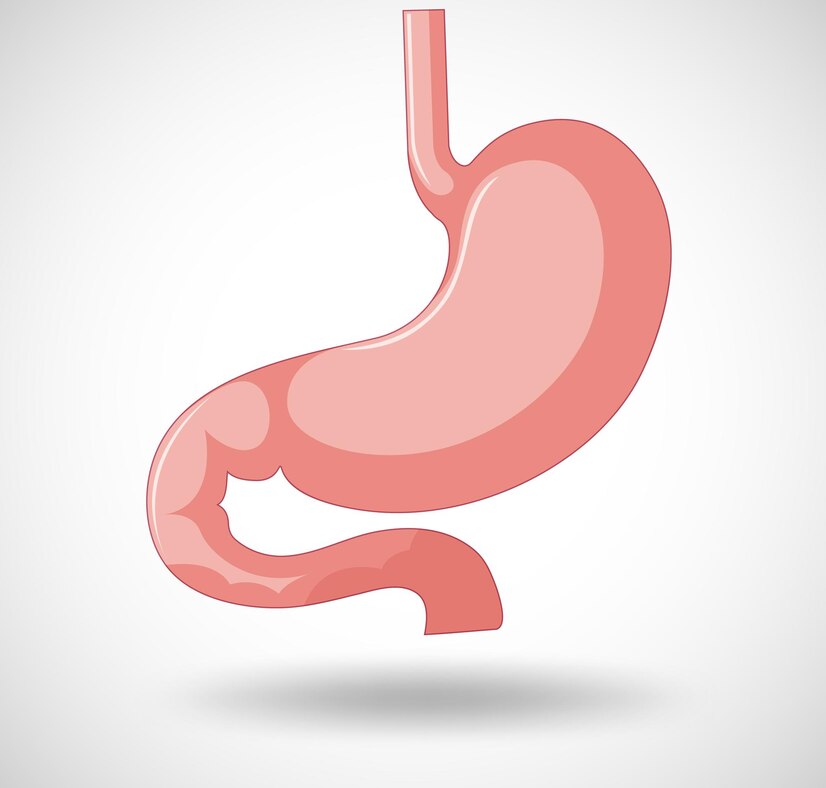Introduction to Endoscopic Intragastric Treatment
Endoscopic Intragastric treatment is a minimally invasive procedure designed to aid in weight loss. This technique involves the use of an endoscope, a thin, flexible tube with a camera, which is inserted into the stomach through the mouth. The procedure primarily focuses on reducing the stomach’s capacity to help individuals achieve significant weight loss. This treatment has gained popularity in Riyadh for its effectiveness and reduced recovery time compared to traditional weight loss surgeries.
Overview of the Procedure
Endoscopic Intragastric treatment works by placing an intragastric balloon inside the stomach. The balloon is inflated to reduce the available space in the stomach, which helps patients feel full faster and reduces their overall food intake. This technique is ideal for individuals who struggle with obesity and have not found success with other weight loss methods.

How Endoscopic Intragastric Treatment Works
The Procedure Steps
- Preparation: Before the procedure, patients undergo a thorough evaluation to ensure they are suitable candidates for Endoscopic Intragastric treatment. This typically includes medical history reviews and possibly some pre-operative tests.
- Procedure: The treatment is performed under sedation. An endoscope is inserted through the mouth and guided into the stomach. The intragastric balloon is then placed and inflated. This process usually takes less than an hour.
- Post-Procedure Care: After the balloon is placed, patients are monitored for a short period before being discharged. They may experience mild discomfort, but this typically resolves within a few days. A follow-up plan is usually established to monitor progress and address any concerns.
Benefits of Endoscopic Intragastric Treatment
Endoscopic Intragastric treatment offers several benefits, including:
- Minimally Invasive: Unlike traditional surgeries, this procedure does not require large incisions, reducing the risk of infection and speeding up recovery.
- Quick Recovery: Most patients can return to their normal activities within a few days.
- Effective Weight Loss: The balloon helps patients feel full more quickly, leading to reduced food intake and effective weight loss.
Who is a Candidate for Endoscopic Intragastric Treatment?
Eligibility Criteria
Not everyone is suitable for Endoscopic Intragastric treatment. Ideal candidates typically include:
- Individuals with a body mass index (BMI) of 30 or higher.
- Those who have tried other weight loss methods without success.
- Patients who are committed to making lifestyle changes to support weight loss.
Consultation and Evaluation
A thorough evaluation by a healthcare professional is essential to determine if this treatment is appropriate. This evaluation often includes a review of the patient’s medical history, current health status, and weight loss goals.
The Recovery Process After Endoscopic Intragastric Treatment
Immediate Post-Procedure Care
After the procedure, patients may experience some bloating, nausea, or discomfort, which usually subsides within a few days. It’s important to follow any dietary guidelines and care instructions provided to ensure a smooth recovery.
Long-Term Lifestyle Changes
To achieve and maintain weight loss, patients must adhere to a healthy diet and regular exercise routine. The Endoscopic Intragastric treatment is a tool to aid in weight loss, but it is most effective when combined with lifestyle changes.
Risks and Considerations
Potential Risks
While Endoscopic Intragastric treatment is generally safe, there are potential risks, including:
- Gastric Discomfort: Some patients may experience stomach pain or nausea.
- Balloon Deflation: In rare cases, the balloon may deflate prematurely, which could require further intervention.
- Complications: Although rare, complications such as infections or perforations can occur.
Managing Risks
To minimize risks, it’s crucial to follow post-procedure care instructions and attend all scheduled follow-up appointments. Your healthcare provider will monitor your progress and address any concerns that arise.
Comparing Endoscopic Intragastric Treatment to Other Weight Loss Options
Traditional Weight Loss Surgeries
Traditional weight loss surgeries, such as gastric bypass or sleeve gastrectomy, are more invasive than Endoscopic Intragastric treatment. They involve larger incisions and a longer recovery period but may be necessary for some patients with severe obesity.
Non-Surgical Alternatives
Non-surgical weight loss options include lifestyle changes, medication, and other non-invasive procedures. While these methods can be effective, they may not offer the same results as Endoscopic Intragastric treatment for some individuals.
Why Choose Endoscopic Intragastric Treatment in Riyadh?
Local Expertise
Riyadh is home to a range of facilities specializing in advanced weight loss treatments, including Endoscopic Intragastric procedures. Many of these facilities are equipped with the latest technology and staffed by experienced professionals.
Accessibility and Convenience
For residents of Riyadh, choosing a local provider for Endoscopic Intragastric treatment offers the convenience of nearby care and follow-up appointments. This accessibility can make the weight loss journey more manageable.
Conclusion
Endoscopic Intragastric treatment is a promising option for individuals seeking a minimally invasive approach to weight loss. By reducing the stomach’s capacity, it helps patients feel full faster and achieve significant weight loss. With its benefits of quick recovery and effectiveness, this treatment has become a popular choice in Riyadh. As with any medical procedure, it’s important to consult with a healthcare professional to determine if it’s the right fit for your weight loss goals and to ensure a successful outcome. Explore more

